Mat Pilates and Reformer Pilates are both forms of exercise that originate from the principles developed by Joseph Pilates. While they share similarities, there are key differences in terms of equipment, exercises, and focus. Here's a breakdown of the main distinctions between Mat Pilates and Reformer Pilates:
Mat Pilates:
-
Equipment: Mat Pilates is performed on the floor using a mat, and often incorporates small props such as resistance bands, stability balls, and magic circles. It relies solely on body weight for resistance.
-
Resistance: The resistance in Mat Pilates comes from your own body weight, gravity, and the use of props. It's a form of bodyweight training that focuses on controlling movements through precise muscle engagement.
-
Versatility: Mat Pilates is highly versatile and can be done anywhere, making it accessible for home workouts or group classes. The lack of specialized equipment allows for greater flexibility in terms of location.
-
Core Emphasis: Mat Pilates places a strong emphasis on developing core strength and stability. Many exercises target the abdominal muscles, lower back, hips, and glutes.
-
Accessibility: Mat Pilates is generally more accessible for beginners as it doesn't require the use of complex equipment. It's a good starting point for those new to Pilates.
Reformer Pilates:
-
Equipment: Reformer Pilates utilizes a specialized machine called a reformer. The reformer consists of a sliding carriage attached to springs, which provide variable resistance. It also has straps and pulleys for added versatility.
-
Resistance: The reformer offers adjustable resistance levels through the use of springs, making it possible to increase or decrease the challenge for different exercises. This allows for a more customized and targeted workout.
-
Guided Movement: The reformer guides and supports the body through a range of movements. It provides both assistance and resistance, making it beneficial for rehabilitation, as well as for challenging advanced practitioners.
-
Full-Body Engagement: Reformer Pilates offers a more comprehensive, full-body workout. It engages not only the core muscles but also targets the arms, legs, and back through a variety of exercises.
-
Variety of Exercises: The reformer allows for a wider variety of exercises compared to Mat Pilates. The sliding carriage and adjustable springs provide options for dynamic movements, promoting strength, flexibility, and coordination.
-
Increased Intensity: The reformer can make exercises more challenging due to the added resistance and support. This can be beneficial for those seeking a more intense workout or for athletes looking to enhance performance.
Ultimately, whether one chooses Mat Pilates or Reformer Pilates depends on personal preferences, fitness goals, and access to equipment. Some individuals may prefer the simplicity and accessibility of Mat Pilates, while others may enjoy the added challenge and variety offered by the reformer. Many Pilates enthusiasts incorporate both forms into their fitness routines for a well-rounded workout experience.
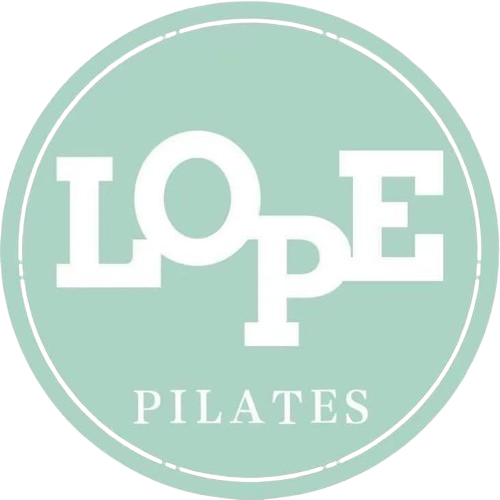
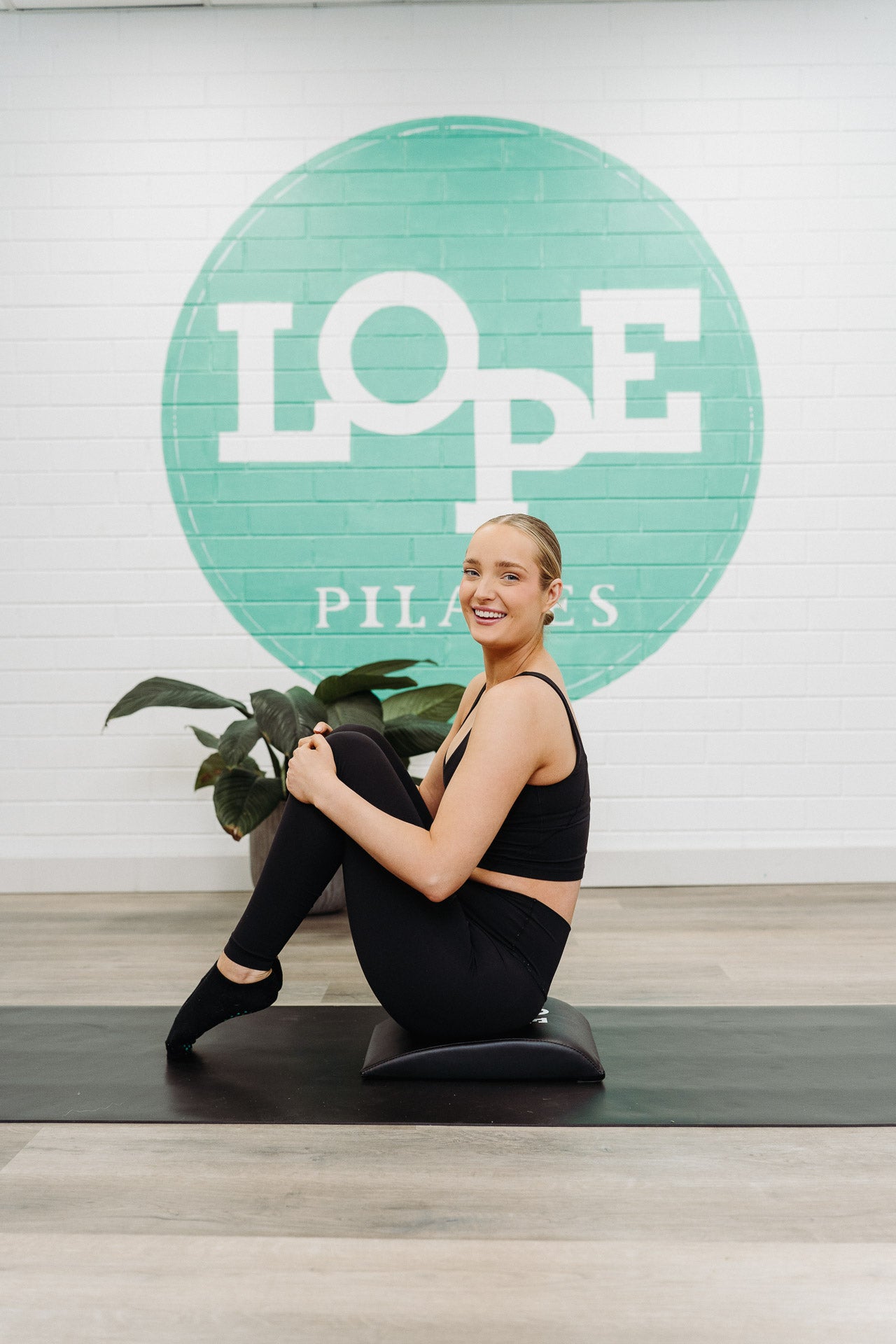
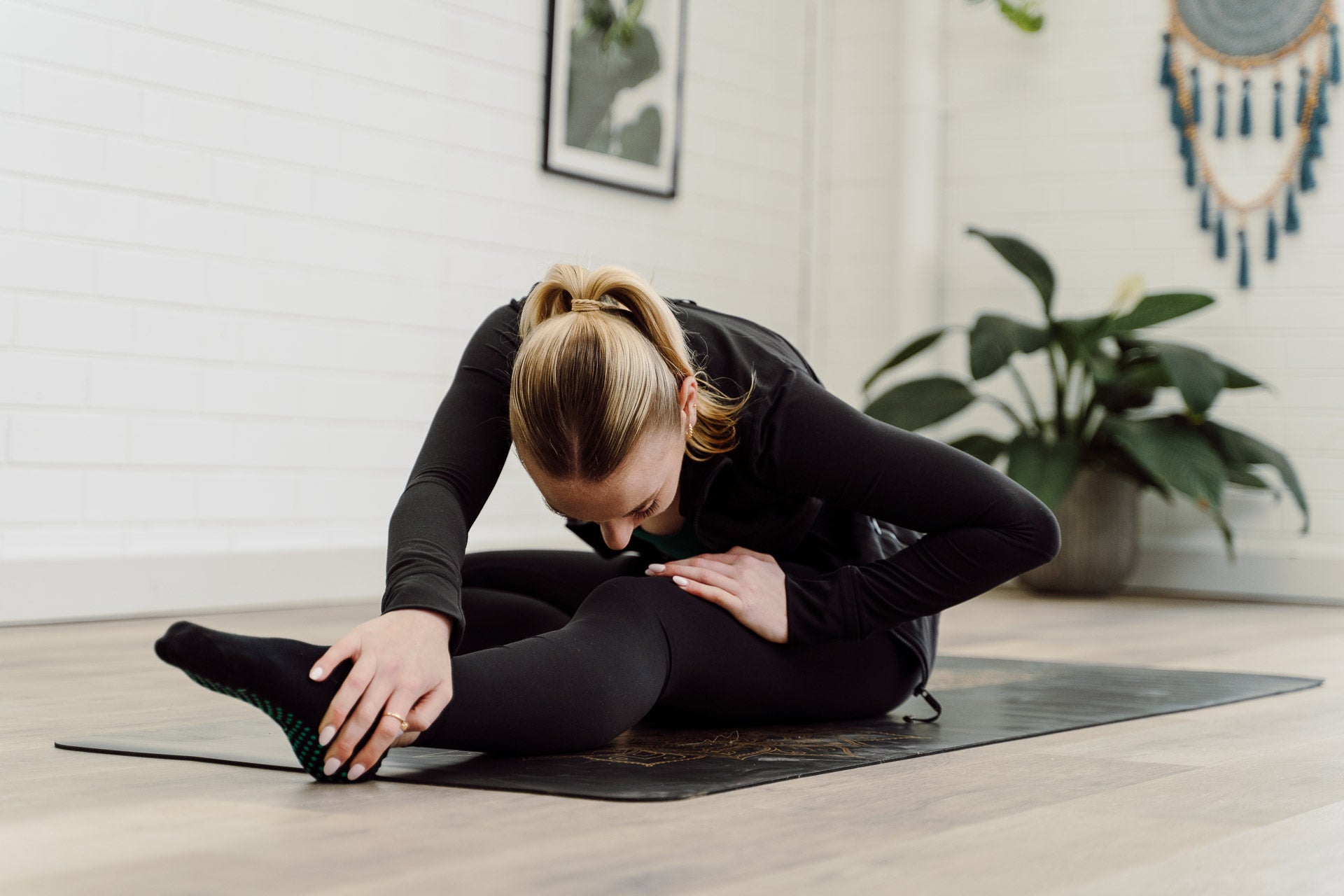
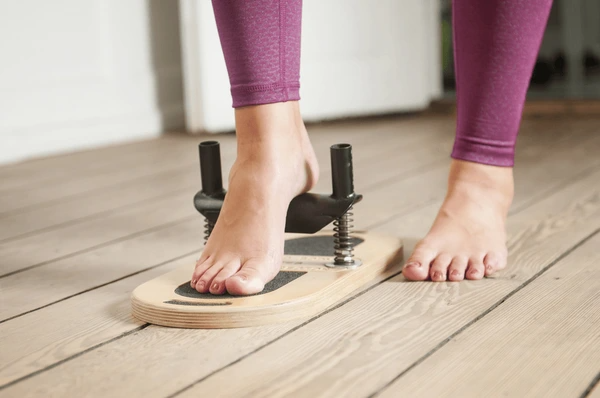
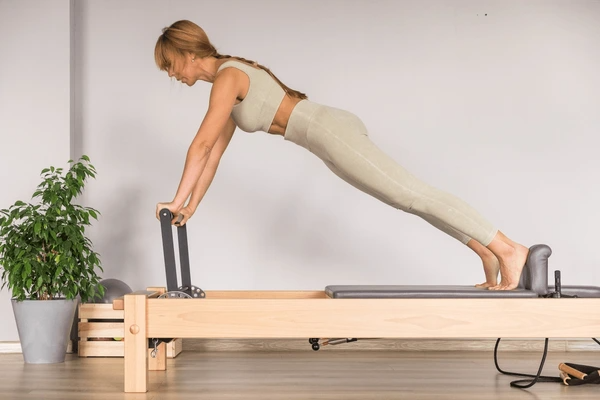
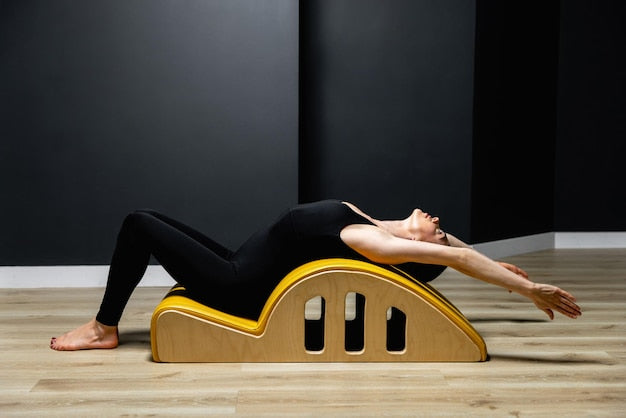
Share:
The Benefits of Reformer Pilates
The difference between yoga and Reformer Pilates